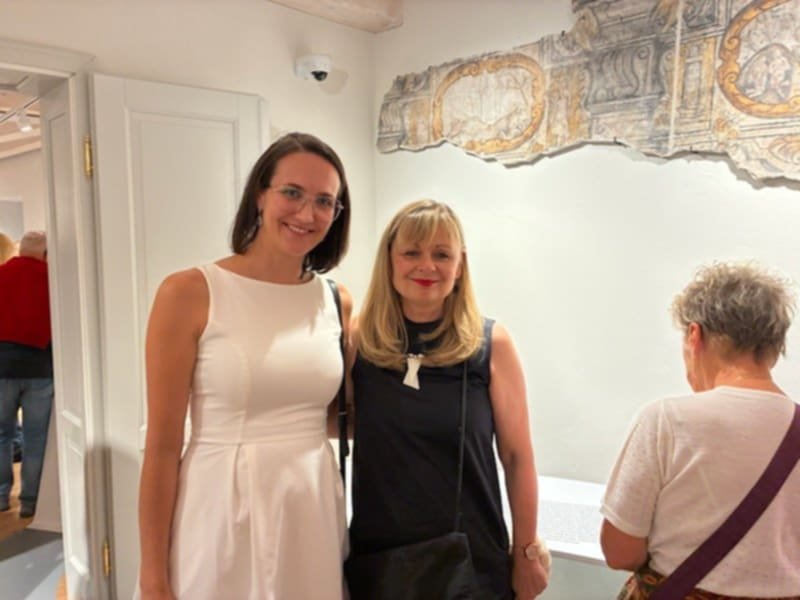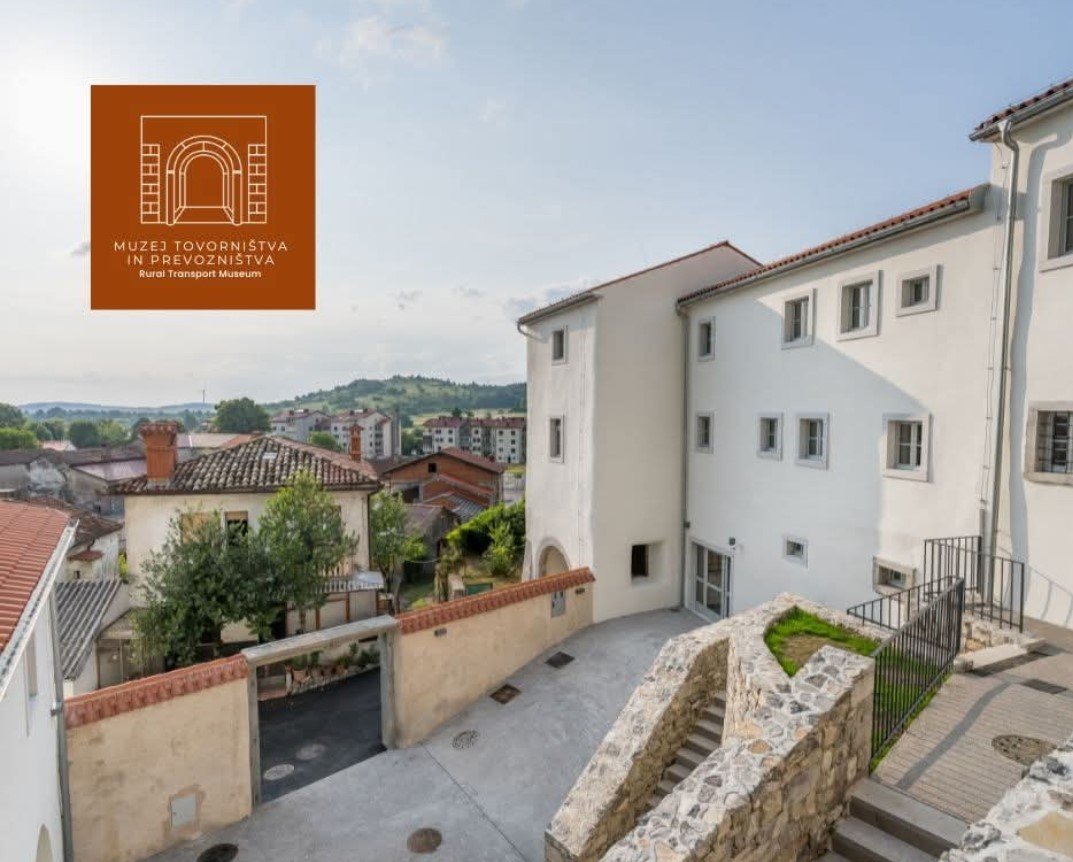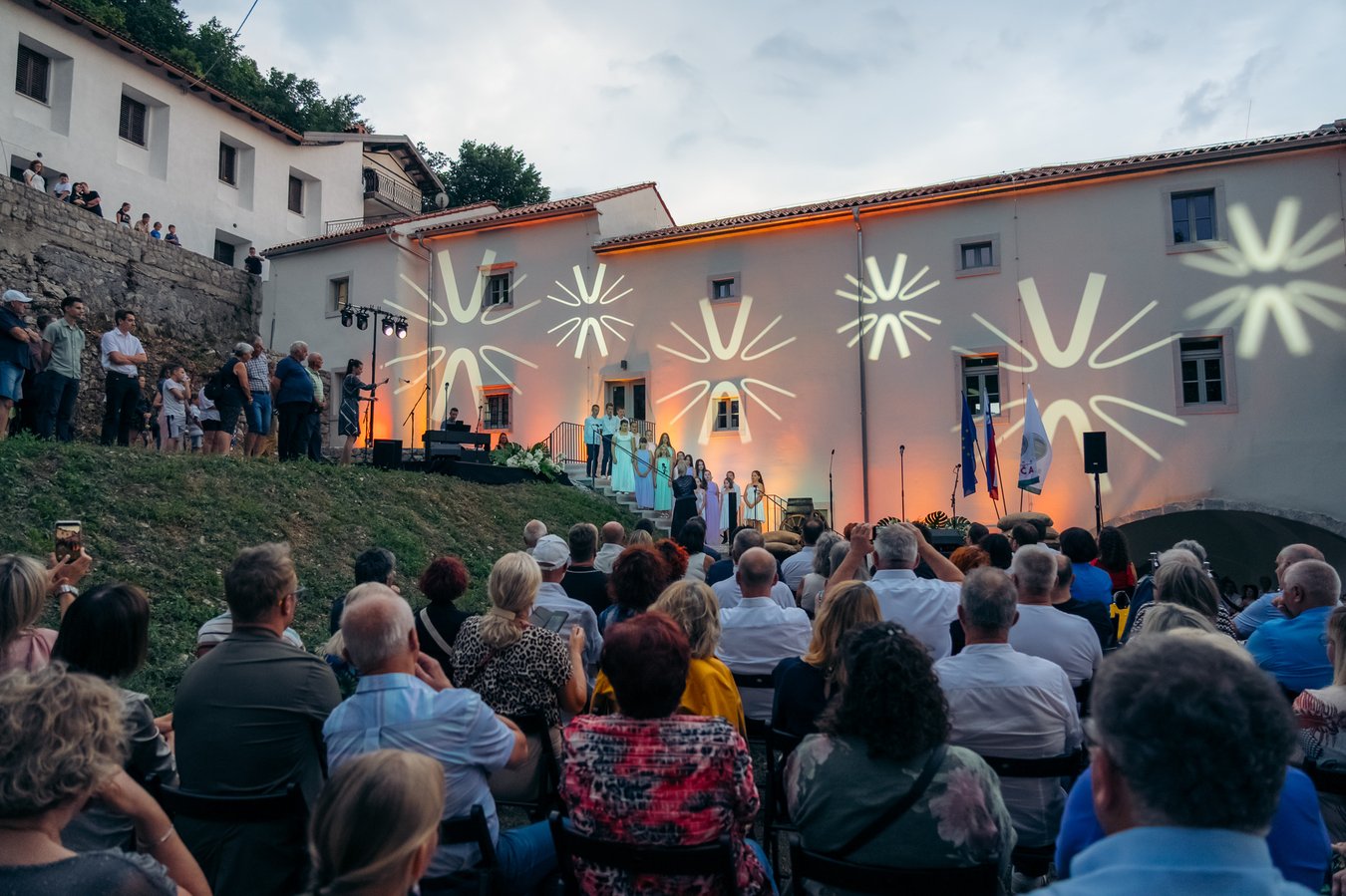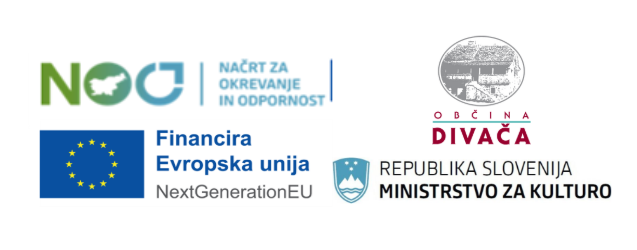Collaborations at Major Events in Slovenia and Abroad
Conference of the Pan-European Digital Humanities Network DARIAH
Between June 17 and 20, the Pan-European network for Digital Humanities, DARIAH, held its conference in Göttingen. Professor Katja Mihurko participated as a member of the core committee of the working group Women Writers in History. At this conference, the working group presented for the first time to the broader scholarly community the digital database SHE WROTE (Studying Historical Early Women’s Reception: Oeuvres, Texts, Engagements, https://shewrote.rich.ru.nl/). This database is a new iteration of the previously known Women Writers in database, to which the University of Nova Gorica has made significant contributions within the framework of the COST Action Women Writers in History and the HERA project Travelling Texts, 1790–1914: The Transnational Reception of Women's Writing at the Fringes of Europe (involving Finland, the Netherlands, Norway, Slovenia, and Spain). Moving forward, this database – to which we will continue to contribute our research data – will serve as a crucial resource supporting digital humanities research at the Research Centre for the Humanities and its integration into the pedagogical activities at the Faculty of Humanities.
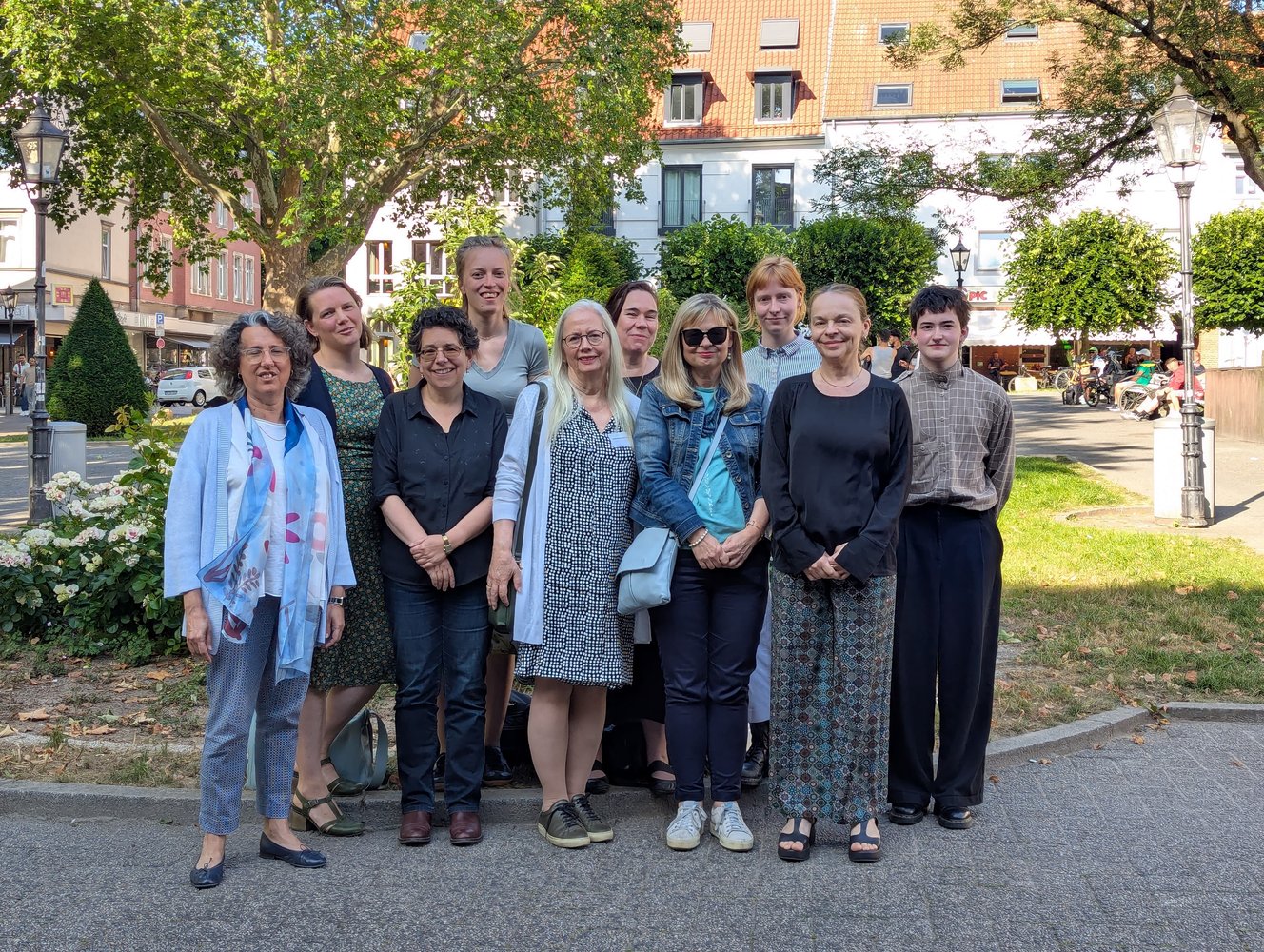
Opening of the Museum of Freight Transport and Transportation in Senožeče
On Saturday, 5 July 2025, the ceremonial opening of the Museum of Freight Transport and Transportation took place in the renovated old customs house (mitnica) in Senožeče. The museum is the result of a project led by the Municipality of Divača in partnership with the Goriški muzej (Gorizia Regional Museum). The project’s soft content development was carried out under the professional guidance of Associate Professor Dr. Ines Beguš Bavcon, museum advisor at the Goriški muzej. The coordinator of the research group was Professor Dr. Aleksander Panjek from the Faculty of Humanities, University of Primorska (UP FHŠ). The project team also included historian Dr. Nikita Peresin Meden, employed at the Research Centre for Humanities and the Faculty of Humanities, University of Nova Gorica.
The new museum revives the heritage of Slovenian freight transport routes and highlights the rich history of Senožeče. It offers visitors a unique museum experience, enhanced by digital tools, interactive content, and didactic games, enabling a deeper understanding of one of the most distinctive features of Slovenian rural history – peasant trade.
In collaboration with researchers from UP FHŠ, historical content was identified, analysed, and interpreted, forming the foundation of the museum’s exhibition. Within the project, Nikita Peresin Meden focused on the modern history of the area, specifically the period between the completion of the final section of the Southern Railway in 1857 and the year 1938. Her original work is showcased on the ground floor and first floor of the museum, where she prepared texts covering this historical period. Her research concentrated primarily on local history, transport, and various crafts that flourished due to the importance of this transportation route. In cooperation with the local population, she identified objects, documents, photographs, stories, and memories, which today constitute the museum collection. She is also a co-author of the conceptual design of the museum exhibition, developed under the expert supervision of the Goriški muzej, in collaboration with UP FHŠ and the Municipality of Divača.
Participation in this project, whose results are visible in the local environment and benefit the community, is of great importance both for the University of Nova Gorica and for the Research Centre for Humanities, which has been an active member of the Citizen Science network since its establishment. The principles of citizen science were also followed in the research approach of Nikita Peresin Meden. The researchers revalorised various aspects of local history and placed them within a broader Slovenian and European context. They laid the foundations for further in-depth exploration and discovery of local tangible and intangible heritage, the revival of individual and collective memory, the strengthening of local identity, and the development of tourism.
The Museum of Freight Transport and Transportation project is co-financed by the Municipality of Divača, the Ministry of Culture of the Republic of Slovenia, and the European Union – “Funded by the European Union – NextGenerationEU,” within the Recovery and Resilience Plan: Sustainable renovation and revitalisation of cultural heritage and public cultural infrastructure and the integration of cultural experiences into Slovenian tourism (C3.K11.ID).
